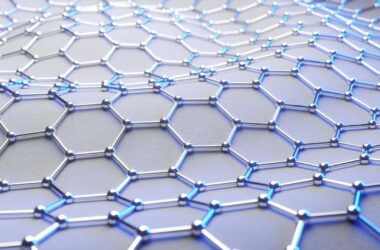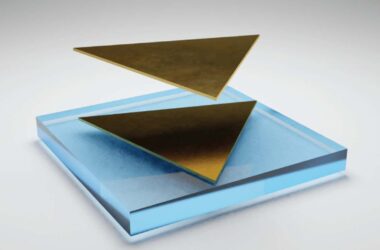A superconducting ink that can be printed onto surfaces in a single-molecule-thick layer could be a breakthrough in building circuits for quantum computers. This ink, made of tungsten disulfide, is more stable and easier to produce compared to other superconducting inks, which holds promise for future applications.
Superconductivity refers to the ability of a material to conduct electricity with zero resistance, making it incredibly efficient for energy transmission. Superconducting materials also possess unique magnetic properties. However, they are difficult to make and can degrade when exposed to air or temperatures far from absolute zero.
Xiaoyu Song, Leslie Schoop, and their colleagues at Princeton University developed the tungsten disulfide ink using a process called chemical exfoliation. They started with a material composed of alternating layers of tungsten disulfide and potassium. By immersing the material in diluted sulphuric acid, the potassium dissolved, leaving only the thin layers of tungsten disulfide.
After rinsing away remnants of the acid and potassium, the researchers were left with a solution of thin tungsten disulfide layers suspended in water. This solution could then be printed onto different substrates like glass, plastic, or silicon, creating a one-molecule-thick layer of tungsten disulfide.
The printed pattern remained stable without any protective coating for at least 30 days at ambient conditions. When subjected to temperatures below 7.3 kelvin (-266°C), the ink exhibited superconductivity even after being exposed to air. However, it needs to be frozen using liquid helium, ruling out home freezer usage.
This process is simpler compared to other superconducting inks, which require protective layers to prevent degradation over time. This simplicity could facilitate industrial production of the ink. Although it currently requires extremely low temperatures, this approach could still be practical in applications that are already cooled down, such as quantum computers or MRI machines. The researchers envision that future developments could lead to superconducting inks usable at higher temperatures.
Insights
- The use of superconducting materials is crucial to the development of efficient and powerful quantum computers.
- The stability of the tungsten disulfide ink without a protective coating could simplify manufacturing processes and reduce production costs.
- While the current temperature requirement limits its applications, it can still be utilized in systems that are already cooled down, like quantum computers and MRI machines.
- Efforts are underway to create superconducting inks that exhibit high-temperature superconductivity, which could open up a wide range of applications.








